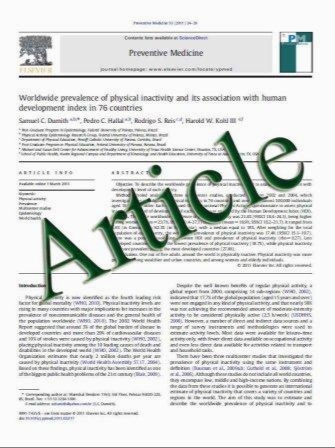A new diagnostic approach using regional analysis of anterior knee laxity in patients with anterior cruciate ligament deficiency
- نوع فایل : کتاب
- زبان : انگلیسی
- مؤلف : Hsiu-Chen Lin • Chia-Ming Chang • Horng-Chaung Hsu • Weng-Hang Lai • Tung-Wu Lu
- چاپ و سال / کشور: 2011
Description
Purpose The first purpose of this study was to analyze the characteristics of the anterior knee laxity in the three regions of different stiffness in the force–displacement curve, which was obtained from a frequently used arthrometer for quantifying knee joint stability in the patients with anterior cruciate ligament (ACL) rupture and the healthy controls. The second purpose was to compare the characteristics from the regional analysis of the anterior knee laxity between the two subject groups in order to explore proper diagnosis criteria. Methods Seventy-one patients with unilateral ACL tear and eighty healthy controls were enrolled and their anterior knee laxities were tested using the KT-2000 arthrometer. The displacements and stiffness of the three regions were extracted separately and compared between groups to further develop the diagnostic criteria. Results The results indicated that the laxity behavior was mostly affected in Region 2 and Region 3 after ACL tear. Two good indicators for ACL tear were found in the receiver operating characteristic (ROC) curve analysis: Region 2 with the displacement larger than 3.7 mm and Region 3 with the stiffness smaller than 22 N/mm. These two criteria provided a better diagnostic accuracy with increased sensitivity. Conclusions The regional analysis method developed in this study could provide more information for understanding the characteristics of the anterior knee laxity and help increase the diagnostic accuracy for ACL rupture. Level of evidence II.
Knee Surg Sports Traumatol Arthrosc (2011) 19:760–767 DOI 10.1007/s00167-010-1354-3 Received: 22 February 2010 / Accepted: 6 December 2010 / Published online: 21 January 2011


